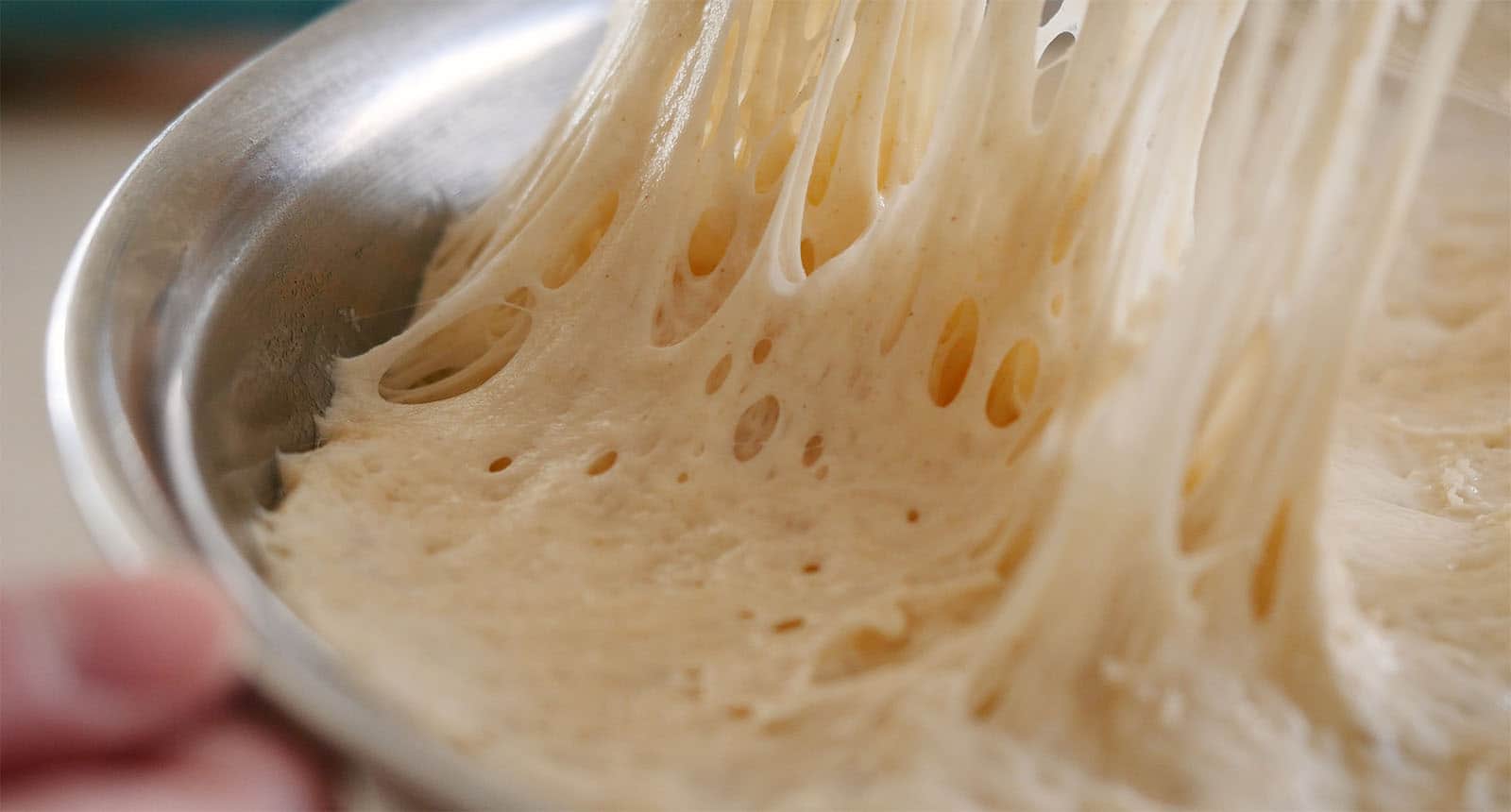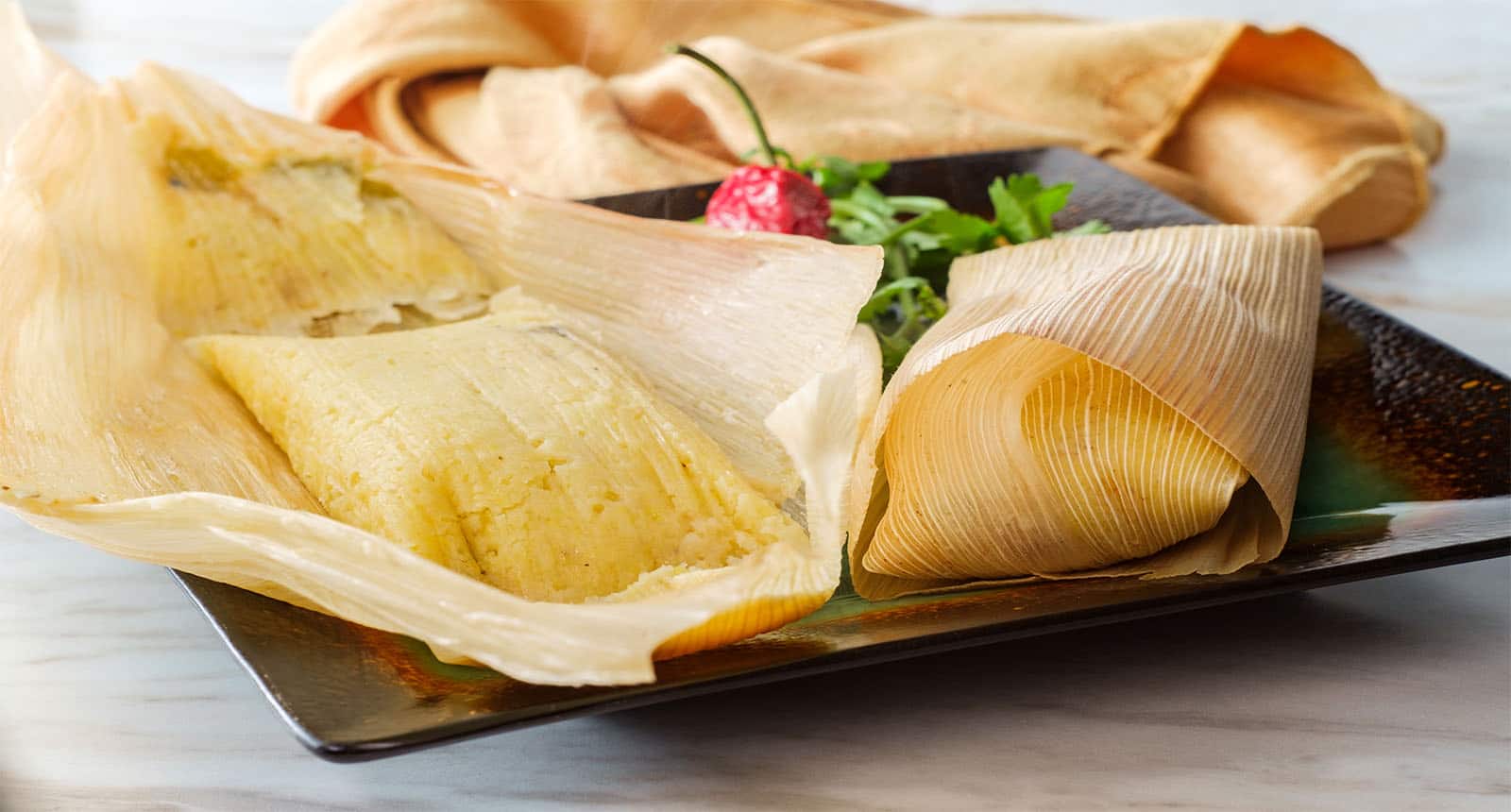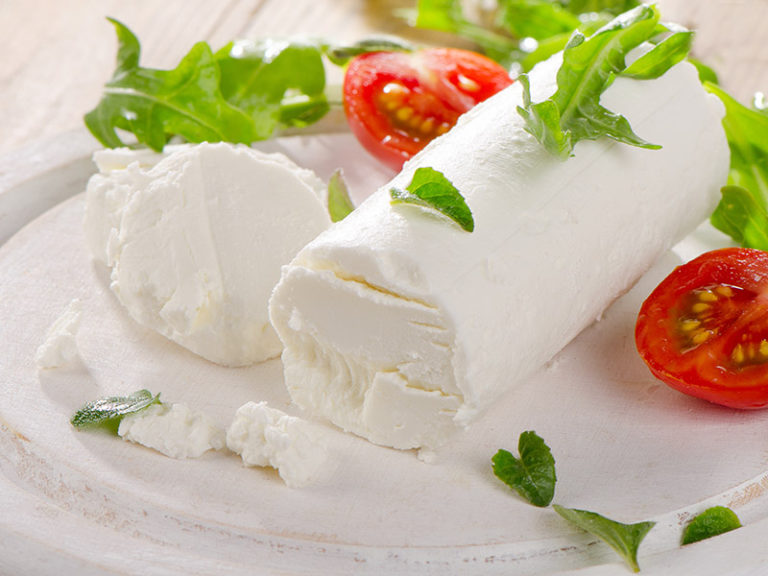Are tamales gluten-free?
When you buy through our links, The Breslin may earn an affiliate commission. Learn more
Tamales are my new addition. Fresh, tasty, sweet, savory, nutritious, and healthy. If you like tamales, you may consider “Are Tamales Gluten-Free?”
Honestly, being a huge fan of Mexican food culture, I really appreciate its lifestyles. I tasted many kinds of food in this country. And the flavor of tamales has left deep impressions.
In terms of gluten-free, it’s not a strange term at all. Recently, gluten-free has become a new trend in cooking but also in many spheres such as cosmetics, hair, and soap-related products.
A range of gluten-free dishes will bring many benefits. Significantly, gluten-free is also good for both physical and mental health.
For several reasons mentioned above, I will provide you with all gluten-free tamales-related information in this article. And, I believe that you must have many questions as well.
Keep reading to solve your matters!
What Is Gluten And Where Is Gluten Found?
Gluten is a controversial ingredient due to its effects. In this part, I will give you a brief definition of gluten and the origin of it.
Gluten consists of two proteins glutenin and gliadin. Gliadin is the main one that causes adverse health effects.
It can be found in many kinds of grains including wheat, rye, spelt, and barley. However, wheat is quite common because the level of gluten accounts for more than 70% of wheat products.
In addition, you should be careful because gluten is probably found in other foods that you would not expect such as candies, chocolate bars, and soy sauce.
From my perspectives, I can give you a list of gluten products
- Wheat is easily found in bread, soups, pasta, cereals, and sauces.
- Rye is common in rye bread, beer, and other cereals.
- Barley is commonly seen in alcoholic beverages, bread, soups, and stews.
- Spelt is an ancient grain, which is found in pancake mix, pasta, and cereals.
Gluten is also a glue-like substance that gives bread the ability to rise while baking.

Is Gluten Bad For Everyone?
What an important fact about gluten is that it can cause some negative effects on some health conditions. Let’s review this part to know more clearly.
No, gluten is not bad for everyone. It can cause some problems in certain special health conditions. This matter relates to “gluten intolerance”.
Have you ever heard the term “ gluten intolerance”? This refers to three types of special conditions including celiac diseases, non-celiac gluten sensitivity, and wheat allergy.
Firstly, celiac disease is an inflammatory disorder of the small intestine. The consumption of gluten-filled products may harm your intestinal system and lead to nutrient malabsorption. If you are in this situation, your tamales should remove gluten inside.
Another condition is wheat allergy. You may have difficulty breathing after ingesting or inhaling wheat flour, which may affect your life seriously.
Non-celiac gluten sensitivity is a symptom that you are simply allergic to gluten-related products, though you are not in the group of celiac disease or wheat allergy. Besides, eating too many gluten products may lead to gain weight and digestive problems.
If you are in these certain conditions, you may have common symptoms: fatigue, diarrhea, stomach pain, skin rashes, depression, and more.
What Are Tamales?
Before answering all the tamales-related questions, let me tell you what tamales are first.
Tamales are a Mexican-originated cuisine. They are commonly made of special corn-based dough before filling a variety of ingredients such as meats, beef, pork, chicken, stuffing mix, or beans.
After being wrapped in corn husks or banana leaves, they are steam cooked. Instead of drying, steam tamales will be much healthier to cook with stainless steel steamers.

In addition, tamales are also known as gods’ food. Hence, they usually appear on the menu at Christmas, special events, or daily meals in most Mexican families.
What Are Tamales Variations?
Are you considering what types of tamales there are? Keep reading to know more about them.
Tamales are not only a packet of corn, as usual, but they also have many kinds of fillings. And a variety of fillings will bring different flavors to make you surprised.
Regions also play an important role to decide what sizes, shapes, or flavors of tamales are. However, there are some main tamales:
- Fried pork tamales
- Steamed pork tamales
- Quick chicken and cheese tamales
- Beef tamales
- Fruit tamales
- Veggies tamales
- Other fillings depending on individual taste
The name of tamales is called by their fillings. So, there are a ton of tamales variations. It depends on each person’s taste.
What Are Tamales Made Of?
You must be surprised because tamales are super easy to prepare. Let’s take a quick look at the ingredients of tamales to know what they are made of before jumping into how they are cooked.
As I have mentioned, there are several types of tamales depending on every ingredient inside. However, in this part, I will give you a short description of traditional tamales with 3 main factors: dough, fillings, and sauces.
In terms of dough, one of the crucial dough used to make tamales is masa. It’s also known as cornmeal dough. Masa is mainly made from dried corn after removing skin and hulls. It is ground into cornflour and blended into the water.
Another ingredient is fillings. The initial tamales are very simple with beans and squashes inside. And fillings become vary when other ingredients- pork, chicken, and more- appear.
In addition, sauces are also outstanding features. There is no doubt that a delicious tamale is eaten with a good sauce. And mole sauce is the traditional one. Besides, depending on your own taste, this sauce can be changed or added to other substances.
Are Tamales Gluten-Free?
In this part, I will supply a list of gluten-free and gluten-filled ingredients that help you know tamales are gluten-free or not.
Related to this question, it depends on what ingredients tamales are made of. In order words, tamales are totally gluten-free if they are made from gluten-free ingredients as well.
Here is the list of both types of ingredients that will support your choice.
Dough:
You always look at the gluten-free labels before making a purchase because the dough is very important to bring perfect tamales without gluten.
Masa is one of the most common cornmeal dough. It is simply ground cornflour with blended water, which makes it totally gluten-free.
However, some types of masa are added wheat-based ingredients for preservations, tastes, and other purposes. This leads to some masa are not made sure 100% naturally gluten-free.
To reduce gluten in dough in general and gluten in tamales in specific, you need to consider what extra ingredients other dough may have in each label.
Here are some substitutes that you can replace masa:
- Grits is another substitute for masa. It’s made from American corn that may have a big difference from real Mexican masa.
- Ground corn tortillas. If you do not have any masa, you these corn tortillas instead. Grind them into a fine flour and add some water to make a “masa” replacement. Do not use any strong-flavored corn tortillas to balance the taste of your tamales.
- Ground-up corn tostadas, corn tortillas chips, and corn taco shells. They are quite familiar with masa due to their ingredients. They can be ground and made into a mixture to make tamales. Keep an eye on each ingredient on the label to ensure they are unavailable with gluten.
Fillings:
This section will mention both gluten and gluten-free fillings to make sure tamales are gluten-free too.
- Gluten-Free: All non-floured, non-breaded meat and fish, fruits, veggies, beans, potatoes, oil (should check the label), lard and butter, pork, chicken, and beef broth, and rice.
- Gluten-Filled: Wheat flour, processed cheeses, some sausages, bread-based food, and most canned soups.
Sauces:
Some necessary gluten-free ingredients are attached below. You should avoid using gluten-filled substances to keep your tamales gluten-free.
- Gluten-Free Ingredients: All fresh veggies, garlic, onion, natural cheeses, and chocolate (should check the label).
- Gluten-Filled Ingredients: All wheat-based products, some types of dinner rolls, and seeds.
There are some special ingredients that you should be careful to choose. Again, if you use all-natural ingredients, your tamales are gluten-free and vice versa.
FAQs
Here are some frequent questions and my answers. I hope they will be useful to you.
Enjoy Your Gluten-Free Tamales
It’s time to see how your tamales taste. Do not hesitate to experiment and experience the best steamed gluten-free tamales.
Tamales are thought to be a nutritious food that brings many benefits and strengthens your health. Besides, becoming the main course in every traditional celebration, they are also considered as a warm welcome at special events.
So, it takes time and effort to make a perfect tamale with many huge meanings inside.
Anyway, do you know any gluten-free ingredients? Do you have any tips on making gluten-free tamales? What are some mistakes to avoid when making tamales for the first time?
Feel free to leave your ideas via comments!
And don’t forget to share my article to distribute this valuable knowledge to everyone.







Amanda Collins
Founder and Senior Culinary Editor
Expertise
Culinary Arts and Management, Food Journalism and Critique, Recipe Development and Testing, Global Culinary Traditions, Sustainable Food Practices
Education
Institute of Culinary Education (ICE), New York, NY
Program: Diploma in Culinary Arts
Focus: Intensive hands-on training in culinary techniques, recipe development, and kitchen management, preparing students for professional roles in the culinary industry.
Monroe College, New Rochelle, NY
Program: Associate in Applied Science in Culinary Arts
Focus: Practical culinary skills, including cooking techniques, menu planning, and kitchen operations, with an emphasis on hands-on experience and industry standards.
Amanda Collins is a seasoned chef and food editor with a deep love for global flavors. Trained at the Institute of Culinary Education and Monroe College, and with over 15 years in the culinary field, Amanda has refined her skills in kitchens worldwide. Her background in food studies gives her a unique ability to share both recipes and the cultural stories that shape them.
As senior culinary editor at thebreslin.com, Amanda’s work brings authentic dishes to life, inviting readers to explore new flavors and techniques from around the globe. Her approachable style makes it easy for anyone to bring a bit of the world’s cuisine into their kitchen.